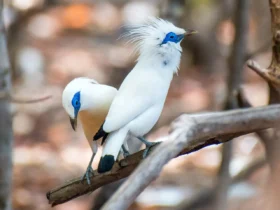Meet Major Mitchell’s Cockatoo (Lophochroa leadbeateri), a striking parrot species known for its vibrant colors, impressive crest, and endearing behavior. In this article, we will embark on a journey to discover the world of Major Mitchell’s Cockatoo, exploring its unique characteristics, habitat, and the importance of its conservation.
Major Mitchell’s Cockatoo images
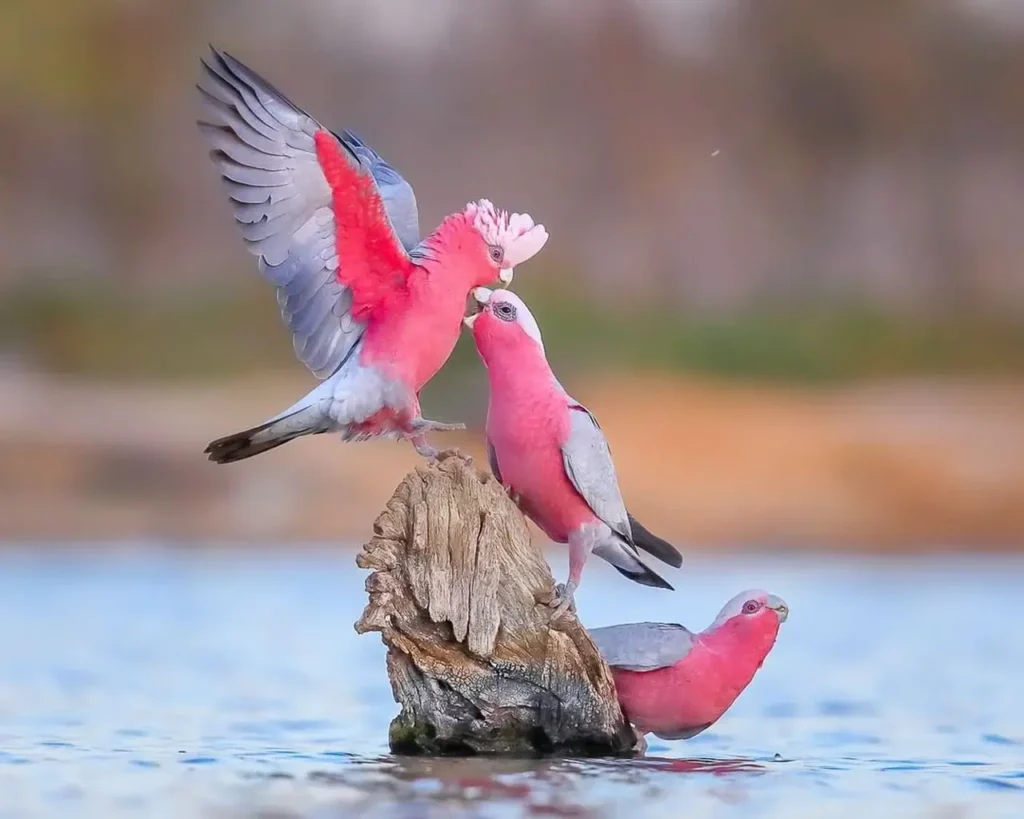
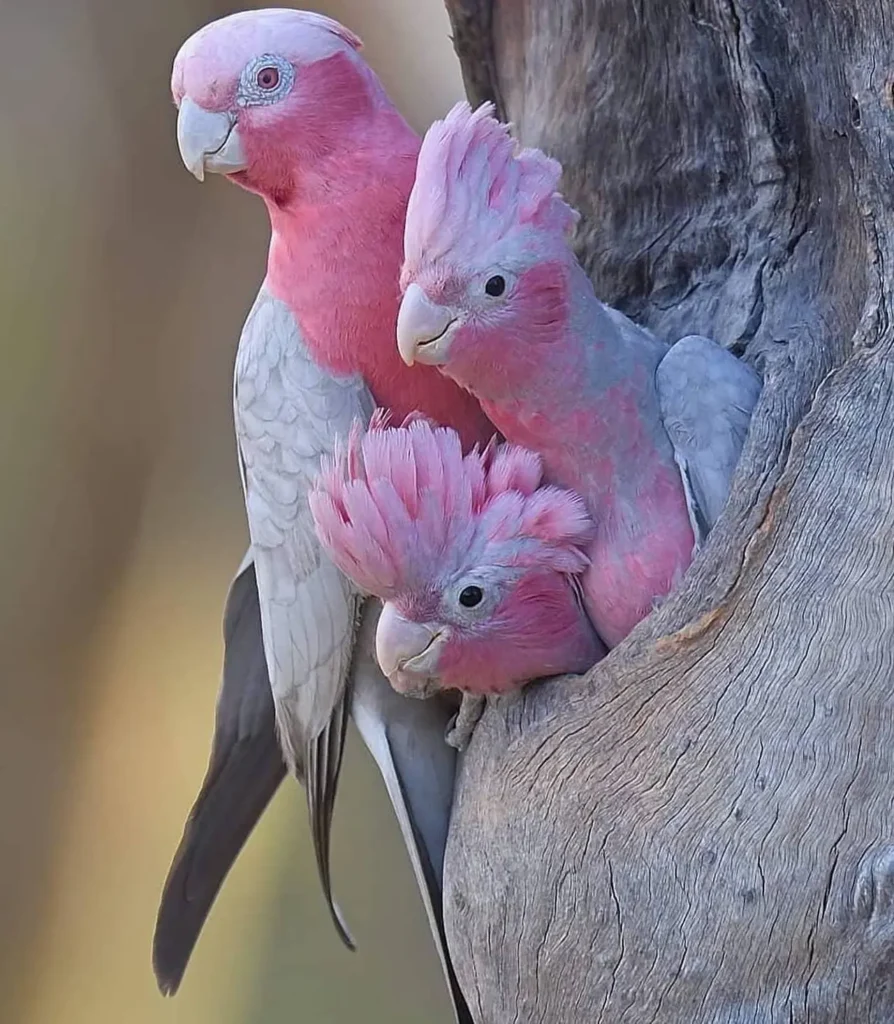
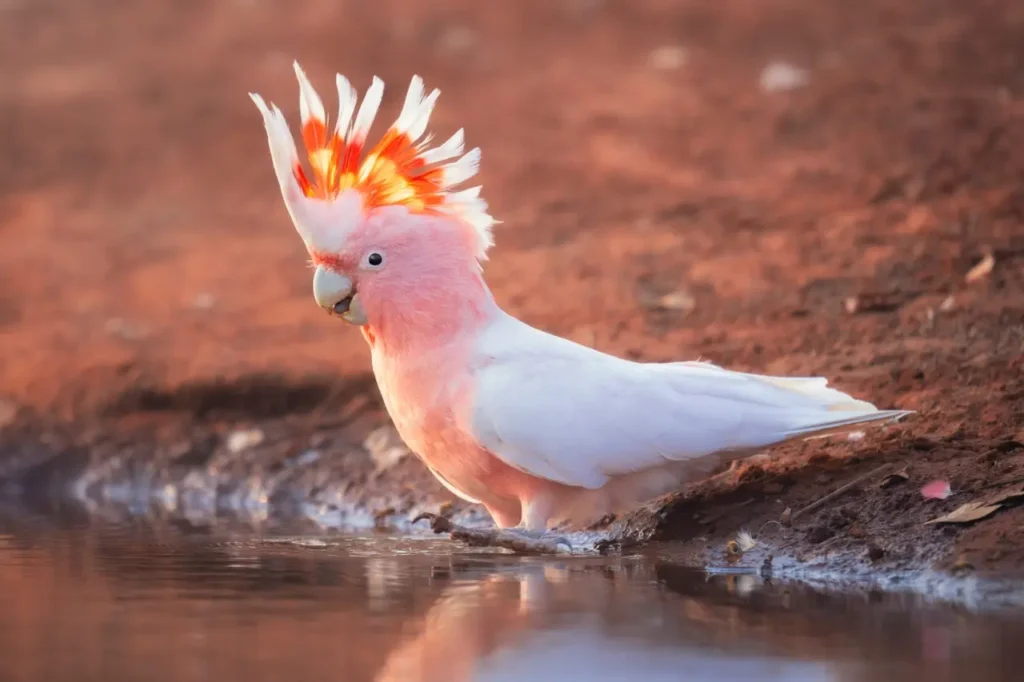
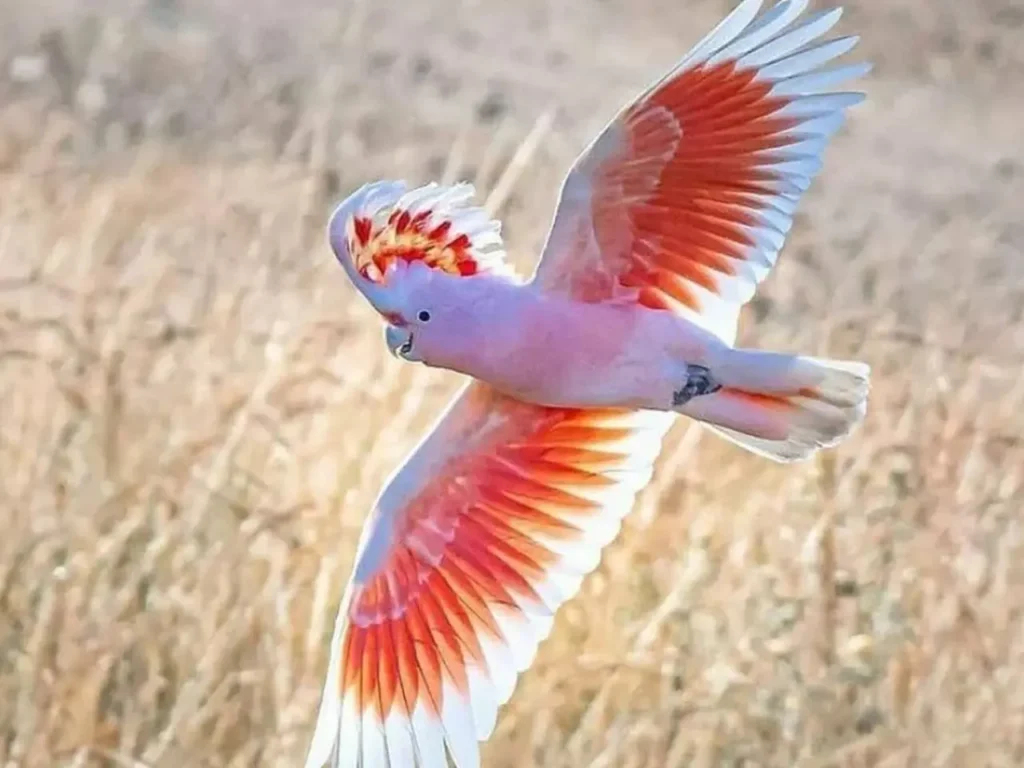
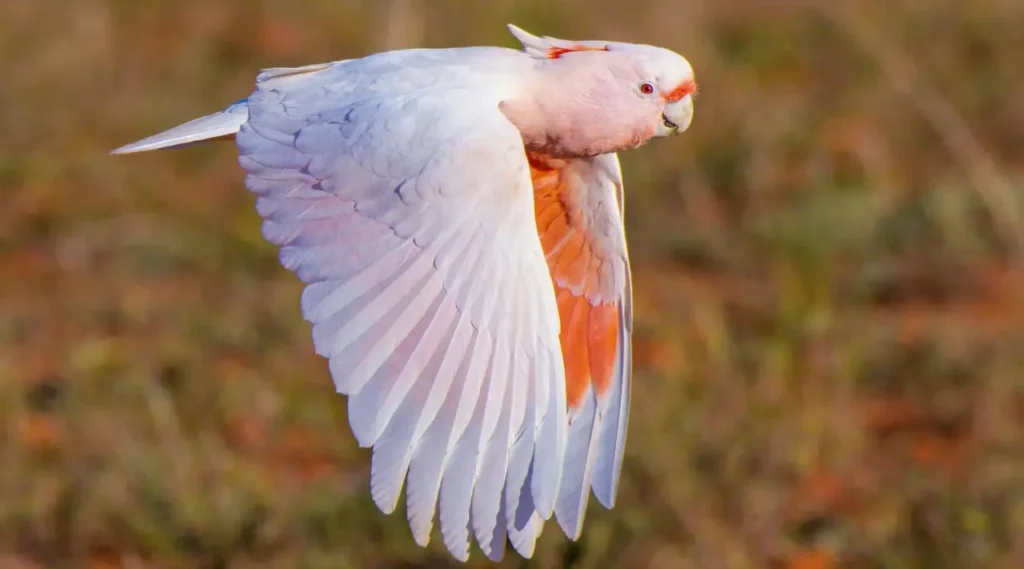
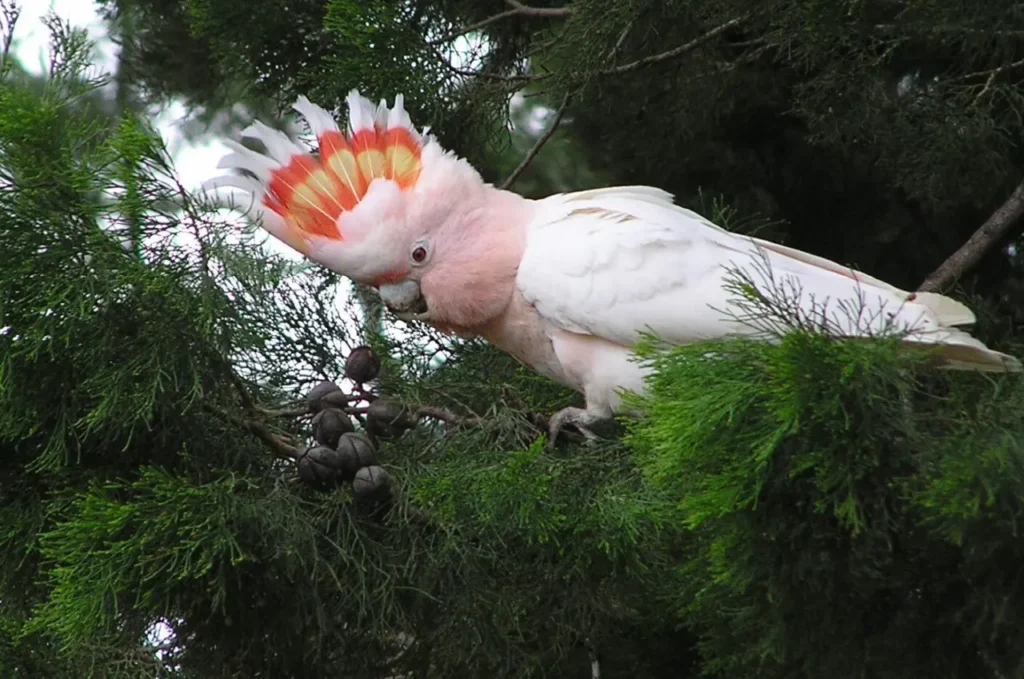
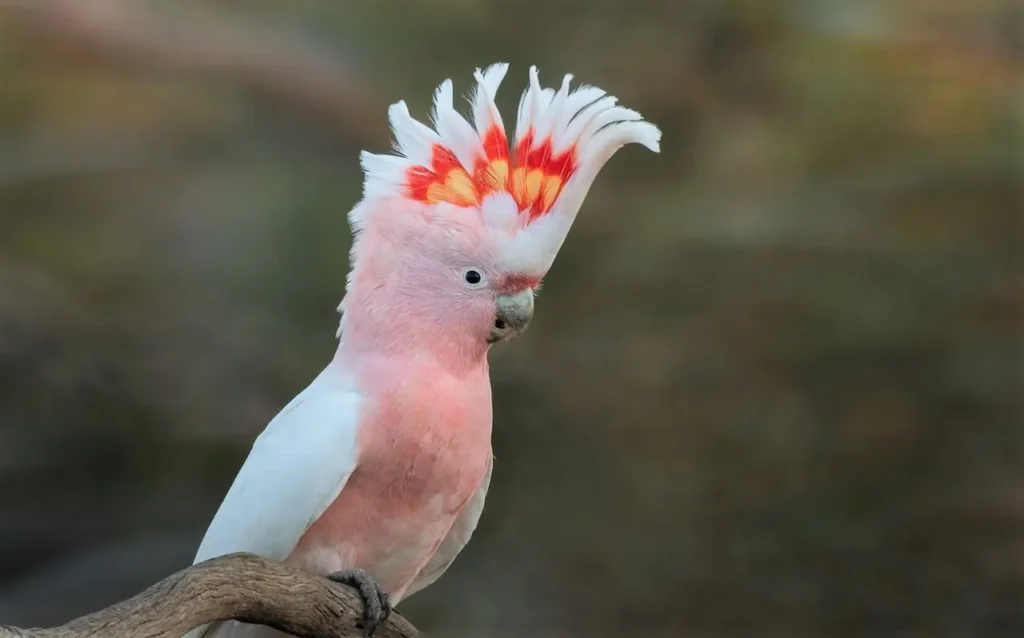
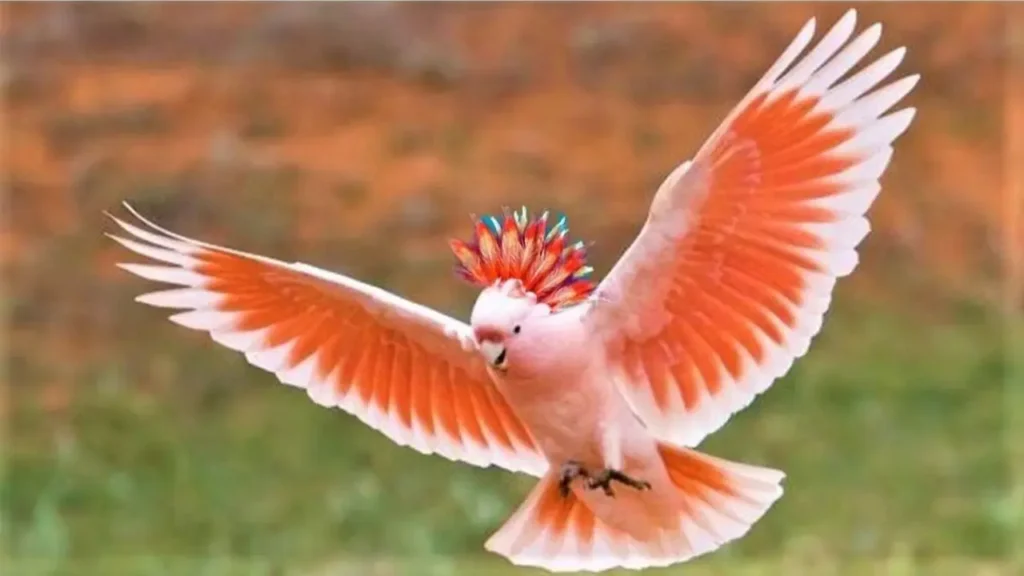
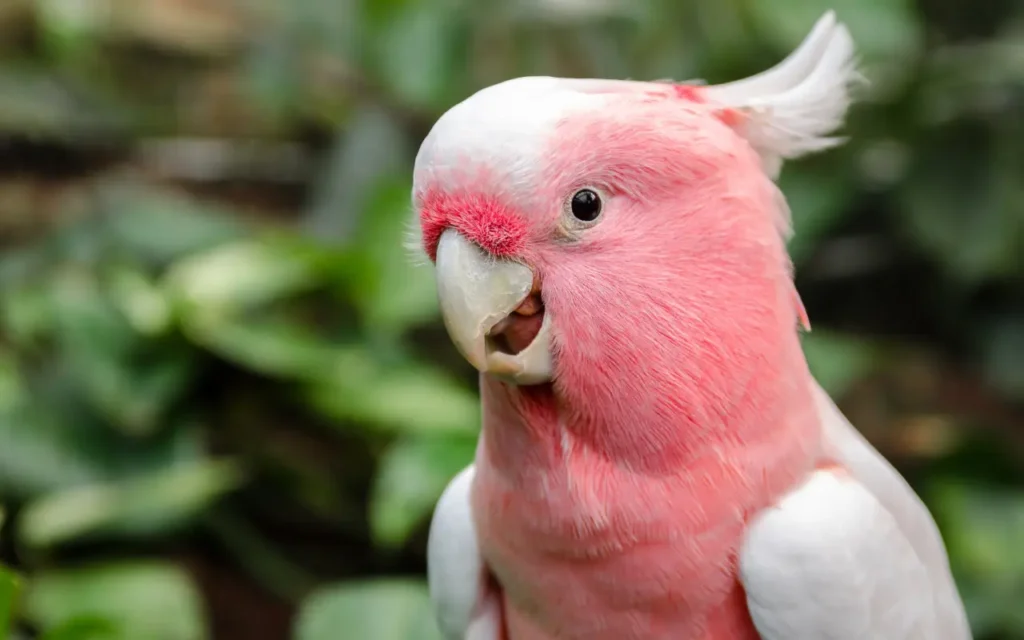
Appearance and Plumage
Major Mitchell’s Cockatoo is a medium-sized parrot with a majestic presence. Its most notable feature is its spectacular crest, which consists of soft and feathery pink and white plumes. The bird’s body is predominantly white, complemented by vivid pink hues on its face, chest, and underwings. The combination of elegant white and eye-catching pink makes this cockatoo one of the most visually striking birds in Australia.
Habitat and Distribution
Major Mitchell’s Cockatoo is native to the arid and semi-arid regions of Australia, including parts of Queensland, New South Wales, South Australia, and the Northern Territory. These cockatoos inhabit a variety of habitats, including woodlands, savannahs, and scrublands. They are well-adapted to arid environments and can withstand harsh conditions.
Behavior and Social Structure
These cockatoos are social birds and often seen in small groups or pairs. They display strong social bonds and communicate through a range of vocalizations, including soft contact calls and loud screeches. Major Mitchell’s Cockatoo is known for its playful and curious nature, often engaging in acrobatic displays, hanging upside down, and using its powerful beak to investigate its surroundings.
Diet and Feeding Habits
Major Mitchell’s Cockatoo has a varied diet that includes seeds, nuts, fruits, berries, flowers, and insects. They are skilled foragers and use their powerful beaks to crack open nuts and seeds. During breeding season, their diet may also include tree blossoms, nectar, and pollen. The availability of food sources plays a crucial role in their distribution and movements across their arid habitats.
Conservation and Threats
Major Mitchell’s Cockatoo is listed as a vulnerable species due to habitat loss, land degradation, and the impact of climate change. These factors have led to a decline in their population numbers, making conservation efforts essential. Land management practices that promote the conservation of their natural habitats, such as protecting key foraging and breeding areas, are crucial for their survival.
Cultural Significance
Major Mitchell’s Cockatoo holds cultural significance for the Indigenous people of Australia. It is admired for its beauty and has been depicted in various forms of traditional artwork, including paintings and carvings. The bird’s elegance and distinctive appearance make it a symbol of strength, beauty, and connection to the Australian land.
Major Mitchell’s Cockatoo stands as a testament to the remarkable diversity and beauty of Australia’s avian fauna. With its regal plumage, playful behavior, and cultural significance, it continues to captivate the hearts of bird enthusiasts and nature lovers worldwide. Protecting the habitats and implementing conservation measures that safeguard Major Mitchell’s Cockatoo and its arid ecosystems are crucial for preserving this majestic species for future generations to admire and appreciate.
